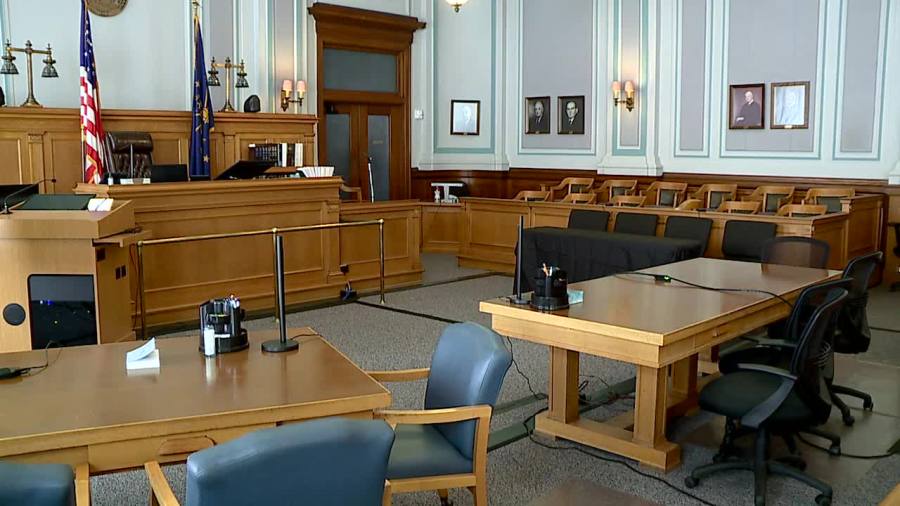Delphi murders: Forensic firearms examiner discusses toolmark methodology, ‘unspent bullet’ evidence

DELPHI, Ind. – Jurors learned more about the toolmark evidence surrounding the so-called “unspent bullet” found at the Delphi murders scene.
Richard Allen is charged with four counts of murder in connection with the February 2017 deaths of Abby Williams and Libby German near the Monon High Bridge. The case went unsolved for years until Indiana State Police announced his arrest in October 2022.
During Day 6, the prosecution laid out how Allen became a suspect in the murders more than five years after the girls were killed. It started with an interview Allen gave to a DNR officer in 2017—an interview that was unearthed in September 2022.
Investigators decided to give Allen another look. His answers to their questions about his whereabouts on the day of the murders led to further scrutiny, a search warrant and his eventual arrest.
On Day 7 of testimony, Melissa Oberg, a former Indiana State Police forensic firearms examiner, took the stand. Oberg talked extensively about her credentials and experience in the field.
This is the 112th time she has testified as a toolmark examiner and said her testimony has come in both federal and state jurisdictions. She most recently testified in a Marion County case in August.
She said ISP does proficiency tests from outside vendors to make sure someone is still qualified to work in the field. She passed what she called “blackbox studies,” challenging tests meant to check an analyst’s work.
She walked the court through the basics of her field and noted that materials in cartridges are softer than the tooling in guns. As a result, when a bullet is ejected from a firearm, the tooling inside the gun leaves behind certain markings.
The “unspent bullet” at the center of the case is technically a cartridge with multiple parts: the bullet (the project that comes out when fired), the casing (which is ejected and left after the gun is fired) and the primer (usually made of nickel or brass) and the powder.
The gun’s ejector pushes the cartridge out of the magazine; the extractor pulls the cartridge out. Oberg explained that the two mechanisms work in tandem.
She said there were multiple ways an unfired cartridge could be ejected from a firearm. If a cartridge is already in the chamber, someone could cycle the slide and eject it. The unspent, unfired cartridge would then be ejected from the gun.
She demonstrated the method in court and showed two other ways a cartridge could be cycled through a gun without being fired.
Oberg walked the jury through the different characteristics of cartridges and how some differ from others. Different manufacturers have different characteristics, she said. Imperfections in the manufacturing process or use over time can give a firearm distinct characteristics.
After laying the groundwork for her field and expertise for about an hour, Oberg turned to the cartridge found at the Delphi murders scene.
She first analyzed the round on Feb. 17, 2017—three days after the girls were found dead. Her toolmark analysis came after DNA and fingerprint analysis on the cartridge.
She called herself a “DNA and fingerprint destroyer,” saying that DNA and fingerprint analysis must come first because of the process.
Oberg testified that she saw no corrosive evidence to indicate the unspent round had been out in the weather for a long period of time. She said it was in “good condition” and “non-remarkable.” It was much like the thousands of rounds she’s seen in various conditions throughout her career.
She saw three possible ejector marks and three possible extractor marks on the cartridge and showed jurors photographs of the marks.
Before Oberg progressed much further in her testimony, the defense asked for a break in the proceedings, which Judge Fran Gull granted.
Oberg is expected to testify that the cartridge found at the murder scene was cycled through a gun owned by Richard Allen.
After the state finishes its questioning of Oberg, the defense will cross examine her. Earlier this week, Gull prohibited the defense from calling a metallurgist to challenge the toolmark identification process.

Comments are closed.